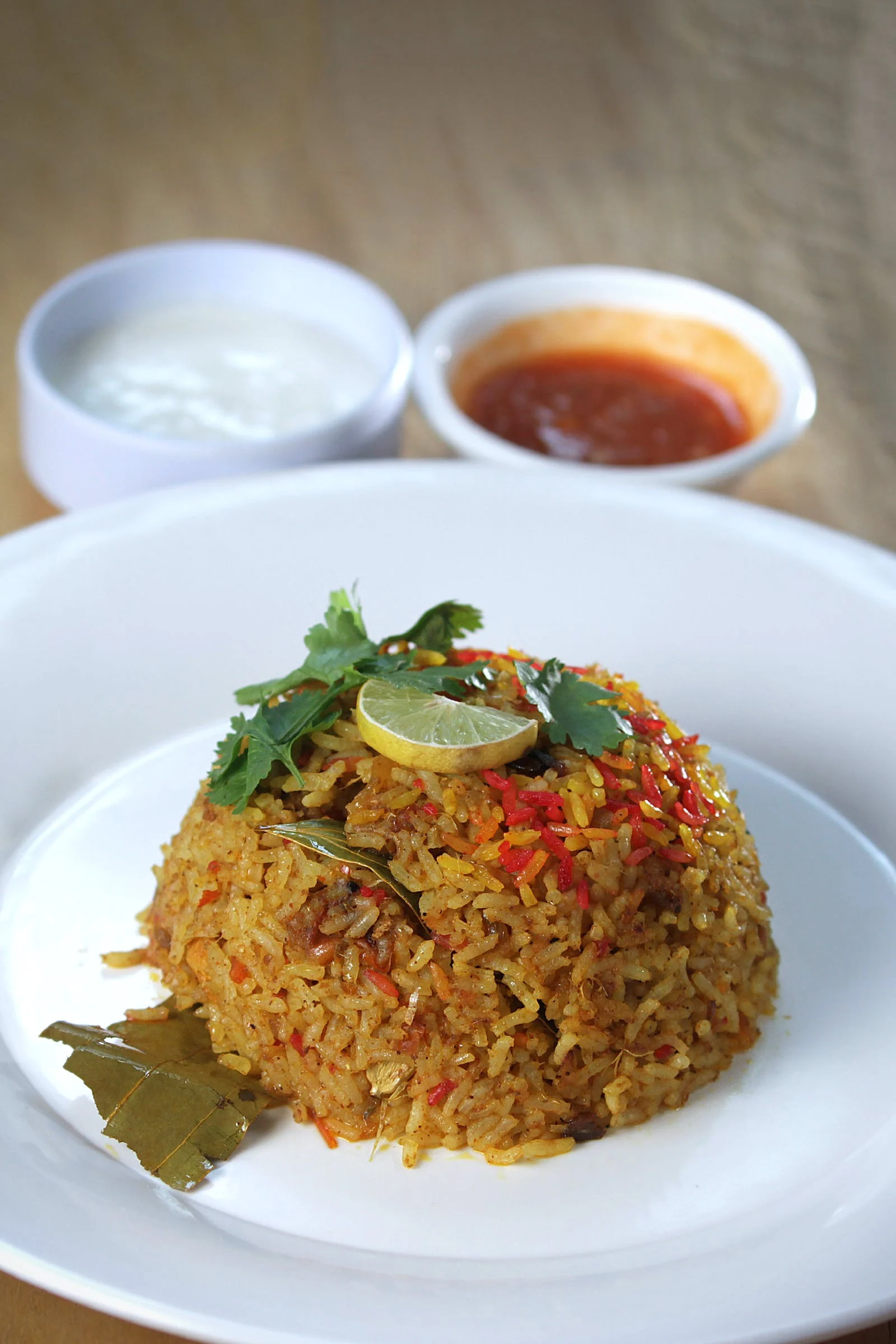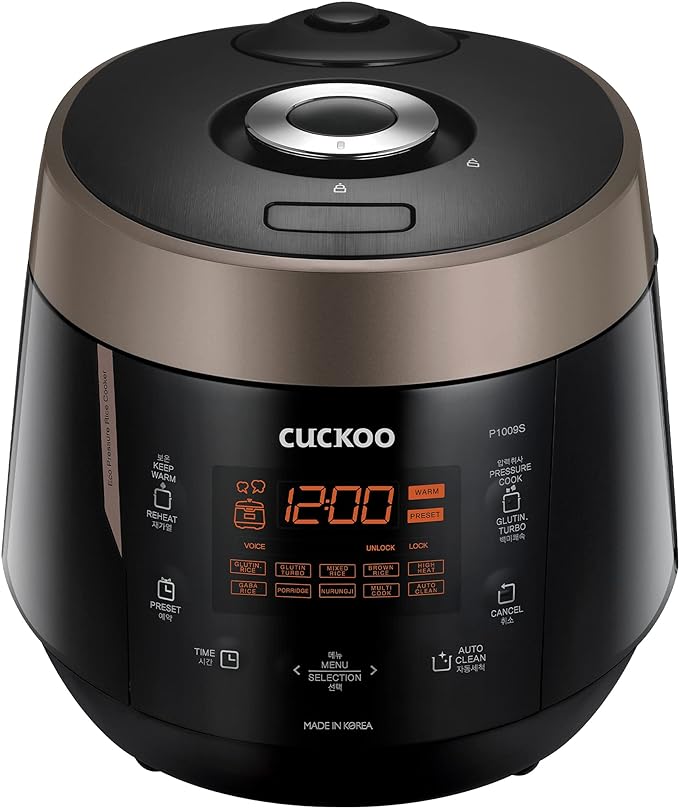Most kitchen electronics have gone the way of China, from toasters to air fryers to waffle makers. The pattern is usually the same.
- American and European brands that dominated the market closed their domestic factories in the 1990s and sent all manufacturing to China.
- In order to do business in China, American and European brands had to set up a “joint venture”. This meant that employees in China had full access to their intellectual property, from product design to operational processes. Of course they all signed an NDA, which was worthless.
- In no time, employees of these joint ventures started manufacturing their own products. In some cases they were produced by the exact same factories by night that made the American and European products by day.
- The brands from China would sell a product on Amazon that was indistinguishable from more popular brands at a fraction of the price. American consumers snapped them up.
- Within 20 years, most of the American and European brands were out of business. The only ones who stayed in business were the ones who held on to some of their IP and produced high-end products outside of China so that their product design couldn’t be stolen.
Low end vs. High end rice cookers
One category that seems to have bucked this trend is rice cookers.
The low end, of course, is lost. Most of us who grew up in the West know what a low-end rice cooker looks like. You have an outside pot and an inside pot. You pour water into the bottom of the outside pot, put the inside pot filled with rice and water into it, and press a switch down. Your rice is basically boiled until there’s no water left in the pot.
American companies like Black and Decker and Hamiltom Beach used to make these. Now, these brands are mostly just vapors of their former selves; all production went to China. Even Japanese brands like Zojirushi offshored their cheap rice cookers to China. They can’t compete on the low end because what they are able to sell for $50, China is able to sell for $20 because of slave-like labor, lax environmental protection, and a government with its finger on the scales.
Happily, the medium and high end are still alive and well. That’s because Japanese companies weren’t as dumb as American companies. They continued to innovate and instead of the cycle of innovating, sending their product designs to China, and having them stolen, they kept their trade secrets and their production in Japan.
Why don’t I just buy a low-end rice cooker? Isn’t all rice the same?
For someone who eats rice occasionally, sure, a low end rice cooker is probably fine. Heck, I’d save the $20 and just cook it in the microwave.
But for someone like me who eats rice every day, your rice cooker makes a HUGE difference.
I’m not super-rich, but one of my philosophies in life is, if you have to splurge, splurge on something you need to use every day. Years ago I applied that philosophy and got this rice cooker from Zojirushi, which at the time cost over $600.
I remember cooking my first batch of rice. My jaw dropped. It was almost like eating a completely different thing than rice cooked in my old rice cooker. Each grain of rice was separate and plump, and the rice was moist without being sticky. It even tasted better.
How to cook the perfect rice, using technology
The difference, it turns out, was in the technology. Zojirushi in particular has been a leader in innovation. That’s not a surprise; between sushi, rice balls, and rice at their meals the Japanese take their rice very seriously, and they’re certainly they’re not going to let a bunch of Communists take that away from them.
I love the explanation that Zojirushi gives. They quote an old Japanese aphorism that the Japanese have used to explain how to make the perfect rice, “Hajime choro-choro Naka pa-ppa Akago naite mo Futa toruna!” which means “At first it bubbles, and then it hisses. Even if the baby cries, don’t open the lid!”.

Since ancient times, the Japanese have perfected the art of cooking rice. With modern technology, the process that once only a skilled artisan could do is something you can do every day.
Induction Heating (IH) – With induction heating, the pan itself is heated throughout, which allows the water to each a boiling point super-quickly after the rice has absorbed water. This results in super-fluffy rice that’s evenly heated.
Micom – What is “micom”? It’s short for “microcomputer”. Years before everyone was talking about “AI”, Japanese ingenuity had figured out a way to build “intelligence” to figure out precise points in the cooking cycle to soak, heat, boil, and steam for the perfect results. Even more amazing, it’ll adjust over time as it “learns”.
Pressure – Some of the highest end rice cookers have pressure cooking built in. This is handy for bringing different types of rice to the ideal consistency, from sushi rice to white rice to GABA brown rice to congee. If you’re cooking sticky rice, pressure cooking brings out the perfect amount of gelatinousness.
Not all Japanese brands are created the same. Old Japanese brands like Toshiba and Panasonic couldn’t compete with Zojirushi, so like the American brands they too sold out to China. Zojirushi and Tiger are going to be your best bets.
If you’ve never eaten rice from a high end rice cooker, you’re missing out on one of the most amazing experiences in life 🙂



Best Rice Cookers Not Made in China
1. Zojirushi Pressure / Induction Heating / Micom Rice Cookers (NW-JEC10/18 or NP-NWC10/18)
I would say that this is the Cadillac of rice cookers, but of course Cadillacs are made in China these days. Let’s say this is the Toyota Century of rice cookers.
It has everything I mentioned above. Pressure cooking. Induction heating. Micom AI.
Zojirushi released a new model called the NW-JEC10 or 18. The number in the name refers to the number of liters (“10” means one liter, or 5.5 cups; “18” means 1.8 liters, or 10 cups).
They’ve improved the design since the last model to include features like convention heating, more advanced AI, and the ability for you to define precisely how you want your rice cooked—a little harder, a little softer, a little stickier, a little fluffier. It also has some new menu options its predecessor didn’t have, such as settings for Jasmine rice, quinoa and steel-cut oatmeal. It also has a self-cleaning function.
Honestly, I’m the kind of fellow who doesn’t want to think too much, so I’m still perfectly happy with my old NP-NWC10 (pictured to the right). It does mostly the same things as the newer model and because it’s an older model you can get it for $200-300 less.
Both have handy features like a delay timer (great for waking up to a bowl of steaming hot congee or oatmeal) and a keep warm setting.
I put links to Amazon above, but you can also buy the NW-JEC-10/18 and the NP-NWC10/18 at Walmart.
2. Zojirushi Induction Heating + Micom Rice Cooker NW-QAC10/18 or NP-HCC10/18 or NP-GBC05
These are similar to the models above. Both cook rice quickly thanks to the induction heating, and both have Micom logic to manage each step of the cooking process. The only thing they’re missing is the Pressure cooking feature, which you really don’t need if you’re going to be cooking plain white rice and not sticky rice or other grains.

As with above, the NW-QAC10/18 is basically an updated version of the NP-HCC10/18. Both feature a delay timer and a keep warm setting. Like their higher-end product, the newer model does have additional settings for Jasmine rice, steel cut oatmeal, and quinoa, and a self-cleaning function. But if you want to save a few dollars and don’t need the latest bells and whistles, the older model is perfectly fine.
The NP-GBC05 is essentially the same rice cooker but in a 3-cup model for those who don’t need to cook massive amounts of rice at once.
3. Zojirushi Micom Rice Cooker NL-GAC10/18 or NS-ZCC10/18 or NL-AAC10/18
If you don’t need your rice cooked as quickly and evenly as the other units above, Zojirushi offers these models that have just the microcomputer (micom) built in. They don’t heat the bowl or pressurize the contents as an induction heater or pressure cooker would, but it still manages the cooking process intelligently, unlike a traditional rice cooker based on a simple water boiler.
The NL-GAC10/10 is branded as their “Umami Rice Cooker”. The “Umami” setting soaks and steams the rice longer, bringing out more flavor.
The NS-ZCC10/18 was the one that Wirecutter picked as the best overall. It’s branded as their “Neuro Fuzzy” model.
“Fuzzy” in this case doesn’t refer to what happens to your rice if you forget to put it in the refrigerator for a few days (although someone should probably tell the Zojirushi marketing people that this is what comes first to most of Americans’ minds). It’s actually a term from computer science that means the algorithms in their microprocessors adapt to different variables. Simply put, this unit features more advanced AI than the most basic model. It’s also cute and round.
Last, but not least, their NL-AAC10 is their most affordable made in Japan model, costing about $170. It’s got all the basics, from menu settings that include white, mixed, porridge, sweet, and brown rice in addition to a steam function. It does feature basic AI that adjusts cooking and temperature and time.
4. Cuckoo CRP-P1009SB
Japan isn’t the only country that is protecting their manufacturing base against China. As we’ve seen with Samsung’s move away from China manufacturing, South Korea is also hanging on to its intellectual property and manufacturing might.
The Koreans love rice as much as the Japanese. This Cuckoo rice maker is made in South Korea and its feature set is just as impressive as what Zojirushi is making out of Japan. As with the high end Zojirushi models, these feature pressure cooking, intelligent cooking cycles, and quick cooking.
If you bought an Instant Pot (made in China) primarily to cook rice, throw it out. This one, also picked as one of Wirecutter’s best, does an especially good job at sushi rice and brown rice.
Be careful; as with Zojirushi, Cuckoo makes some of its lower end models in China. Be sure to check the label or product listing.
5. Tiger JBV-S10/18U Rice Cooker
A few months ago I noticed that Costco had the Tiger JBV-S10U Micom Rice Cooker for less than $100, and on their product listing it said that it was made in Japan.
When I tried to find this model on Amazon, they sold the JBV-A10U which appears to be the same model, but it’s made in China. Sadly, it seems that while Tiger is still manufacturing things out of Japan for sale to the Japanese market, it’s fulfilling orders to clueless Americans that are made in China.
Look carefully at the model number. I see that some third party sellers are still selling the JBV-S10U and the JBV-S18U on Amazon. Better yet, check Costco, Walmart or Home Depot to see if they have the made in Japan unit in stock. Or buy a Zojirushi. Bottom line, send a message to Tiger that if they sell out to China, we ain’t buying.
Do you know of other rice cookers not made in China worthy of mention here? Let us know in the comments!
- Tags:
- rice cookers








The one we picked up at an airport electronics shop on the way home from Japan a few years ago is listed on the Tiger site under the “Tourist Model” section 🙂 https://www.tiger-corporation.com/ja/jpn/static/tourist/en/jkw-a10w-a18w.html Cost us around $300 back then; a real steal.